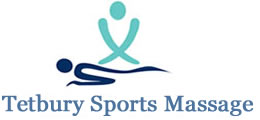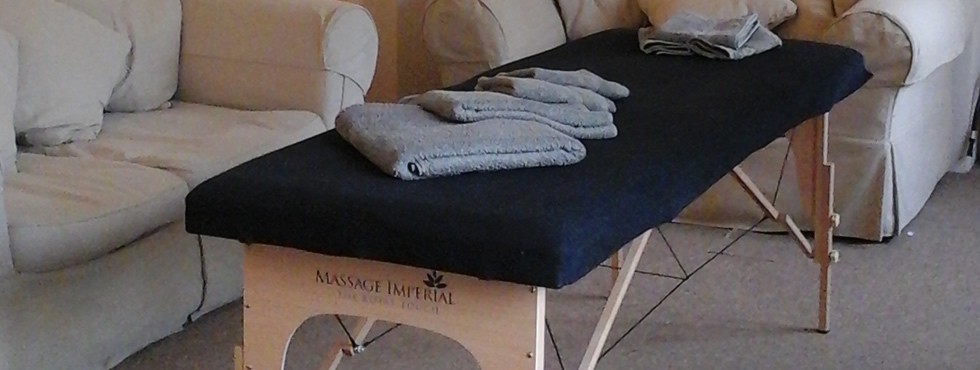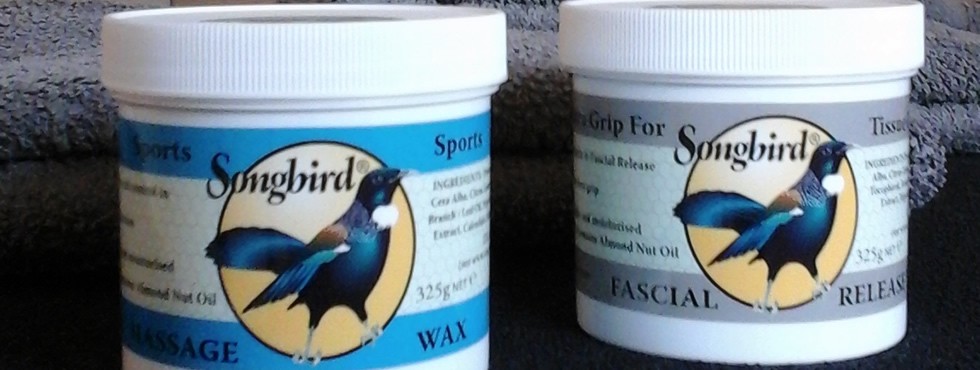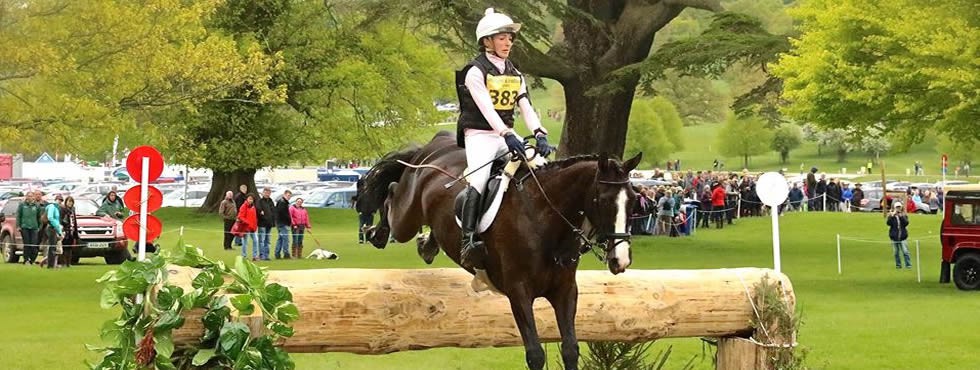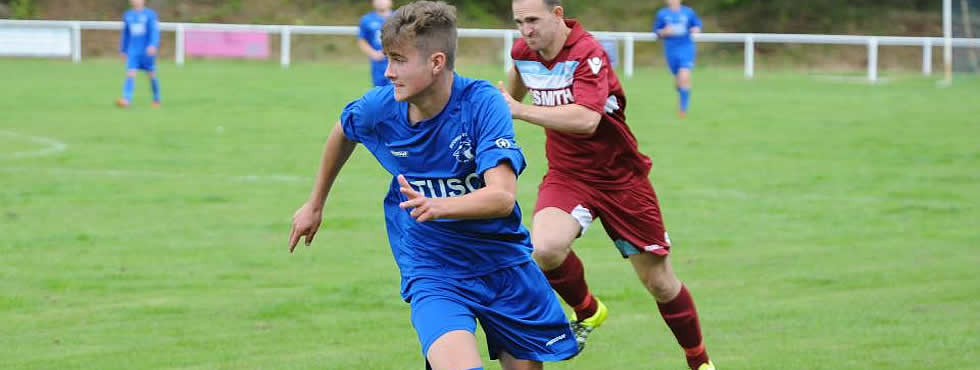Sports Massage Therapy
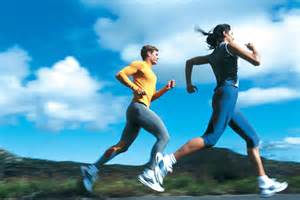 Whether from everyday life and work, or from training and sport, most people have less than perfect posture. Over time this causes muscular imbalance which then puts strain on the joints and injuries occur.
Whether from everyday life and work, or from training and sport, most people have less than perfect posture. Over time this causes muscular imbalance which then puts strain on the joints and injuries occur.
Muscles work in tandem and so the body can become misaligned by poor muscle tone. Massage and exercise can influence posture in many ways; by stretching tight and shortened muscles and strengthening weak ones, mobility can be improved, injury can be prevented and posture can be realigned.
Sports massage is an effective therapy for injuries as well as a preventative treatment. It focusses on the health of muscle and connective tissue, range of movement of the body, the quality of posture and the tone, symmetry and balance of muscle.
It is defined as ‘the manipulation of soft tissue to release tension, reduce pain, restore range of movement and promote good condition’.
A brief description of some of the techniques used during a treatment:
Neuromuscular technique – a form of deep tissue massage using direct pressure to increase blood flow, reduce pain and ease pressure on nerves.
Muscle energy technique – this is a technique using the understanding that muscles on one side of a joint relax to accommodate the contraction of muscles on the opposite side. It is used to lengthen shortened muscles and also improves muscle strength and range of movement.
Soft tissue release – this is an effective and powerful technique using applied pressure and stretching to lengthen and release specific areas of muscle tissue, break down scar tissue and increase range of movement.
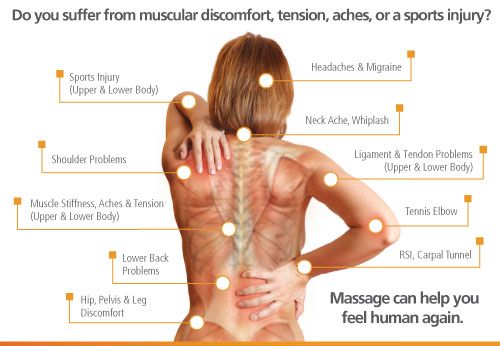
Some of the many benefits of sports massage are listed below:
Physical –
- Boosts circulation and increases blood flow
- Improves the removal of waste such as lactic acid thus enabling muscles to repair
- Stretches muscles, ligaments, tendons and fascia that cannot be stretched by other methods
- Breaks down scar tissue
- Improves tissue elasticity
Physiological –
- Reduces pain after training or injury
- Relaxation
- Balances and calms the nervous system
Psychological –
- Relaxes and reduces anxiety (especially pre event nerves)
- Invigorates and prepares the body for sporting activity
- Increases confidence prior to a sporting event in the knowledge that you are physically at your optimum
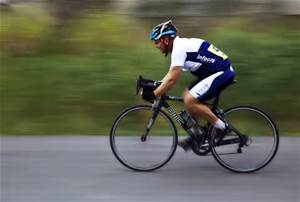 Overall you will find improvements in the following areas:
Overall you will find improvements in the following areas:
- Pain relief
- Stress relief
- Better mobility/flexibility/posture
- A feeling of being one’s self again
- Improved body awareness
- Lower blood pressure
- Headache relief
The science of ‘knots’ and stiffness:
 All soft tissue (muscles, ligaments and tendons) are covered in a layer of connective tissue called fascia. If the fascia is not lubricated, as a result of restricted or repetitive movement, it becomes tough and scar tissue can form.
All soft tissue (muscles, ligaments and tendons) are covered in a layer of connective tissue called fascia. If the fascia is not lubricated, as a result of restricted or repetitive movement, it becomes tough and scar tissue can form.
Often when a muscular trauma occurs the body will increase tension in the surrounding tissues to protect the injury. Also a natural response to the pain of muscular injury is to reduce movement which can cause the injury to become tighter and tighter.
When soft tissue becomes scarred, possibly as a result of surgery or injury, the scar tissue will often knit together as it heals causing a knot of tissue which may reduce flexibility.
Massage can break down adhesions, release muscular trauma and restore mobility to the fascia, muscles, tendons and ligaments using a variety of different techniques. This allows the body to realign itself, increasing performance and reducing stress and tension.
